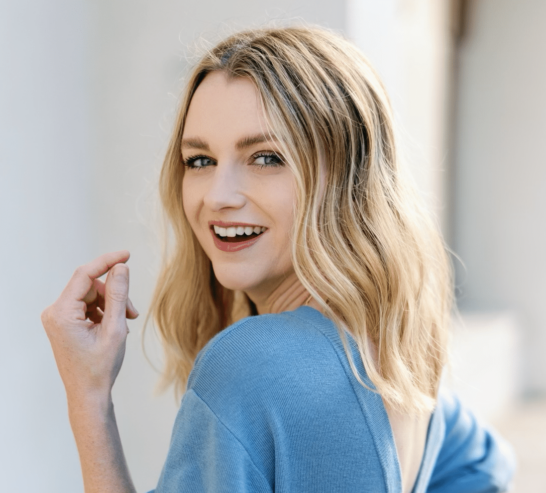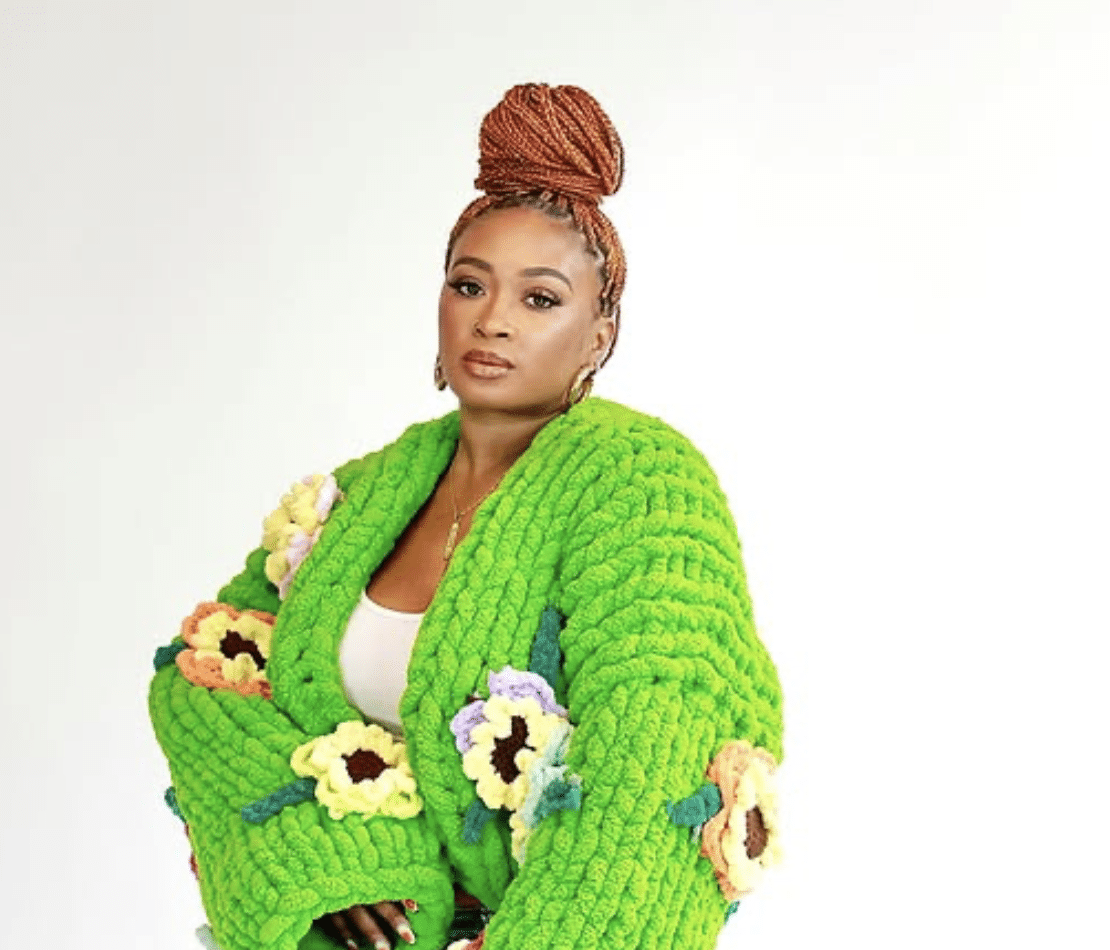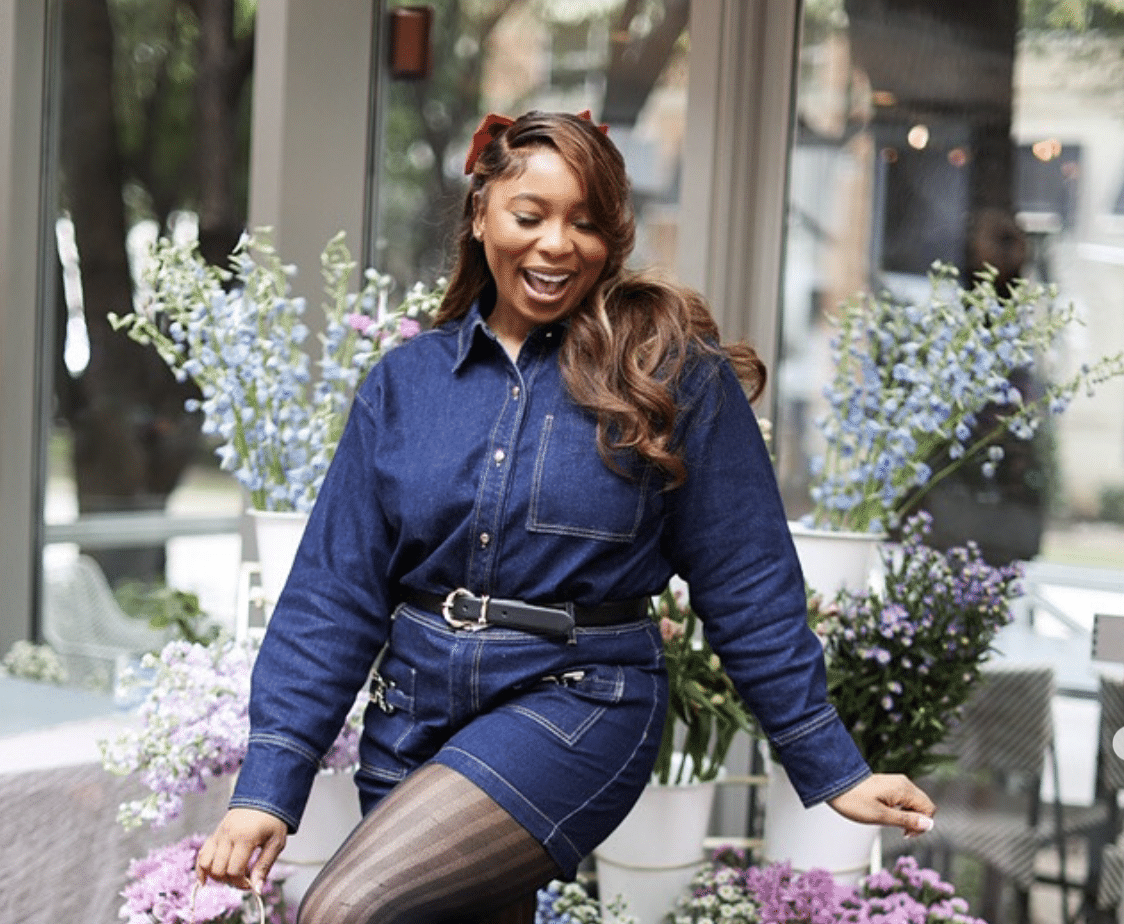How Poor Little It Girl Built A Thriving Affiliate Strategy

Welcome to “Creator Voices,” a series where we interview Creators to learn more about how they’ve grown, their approach to content, and the fun, helpful tips they’ve picked up along the way.
In this interview, we spoke to Cathy Peshek, also known as “Poor Little It Girl,” who told us all about how she’s become an affiliate marketing powerhouse.
Can you tell us about how you’ve achieved success with affiliate marketing? How did you get started, and how has your strategy evolved over the years?
I started my blog, Poor Little It Girl, in the summer of 2010, a time when affiliate marketing was not really an option. In fact, I didn’t make a penny from my blog for the first few years.
My introduction to affiliate marketing began with simple shopping links embedded in blog posts. Over time, this evolved into using widgets to showcase products and eventually utilizing “swipe ups” on Instagram and email marketing.
With over a decade of blogging experience, I’ve learned to adapt to industry trends, exploring different opportunities to see what works best for my business.
What’s your single best piece of advice for Creators who are getting started with affiliate marketing?
One thing I wish I had started doing from day one was utilizing my email list. Creating a unique newsletter that goes directly to my engaged audience has been a game-changer. Affiliate sales via email newsletters are always significantly higher than anywhere else.
Having someone sign up for your newsletter is a direct way to get your brand in front of the right people. In someone’s inbox, we’re all on the same playing field, not competing against an algorithm and other influencers for attention.
I try to send out 1-2 newsletters a week, highlighting new blog posts and products with affiliate links, and they always convert exceptionally well.
What are a few top strategies you use to drive traffic and sales to your affiliate links?
It’s important to remember that no two readers of your blog or social media platforms are the same; everyone digests and interacts with content differently. For instance, in a blog post, I use text affiliate links in the sidebar to highlight featured products. I also hyperlink products within the blog copy and use affiliate links to direct readers to those or similar items, depending on the topic.
Since people consume information and shop differently, it’s crucial to meet them where they are without over-saturating your content with constant “CLICK HERE! BUY NOW!” prompts, which can turn even the most loyal readers away.
What role do different social and content platforms play in your overall affiliate strategy?
I typically use social media platforms to direct my followers to a blog post or to sign up for my newsletter, where I share sales and shopping information and leverage affiliate marketing. Occasionally, I use Instagram to highlight current items I’ve purchased, but my primary goal is always to convert via my blog.
Given that my audience skews slightly older (as an older-ish millennial), many people overlook Facebook as a good affiliate converter. However, it’s one of my favorite platforms to share Instagram posts and my TapToShop links, as it consistently performs well in driving traffic and sales.
How important are owned and operated channels (like your blog) for driving sales?
Since day one, I have always identified as a blogger. I still write on my blog 2-4 times a week and have done so for the last 14 years.
I firmly believe in the power of SEO, which has been instrumental in making my blog my full-time job without relying on any specific social media platform for views, likes, or clicks. SEO is all about the long game, and it pays off significantly. I have blog posts from 5, 6, or even 7 years ago that still generate a substantial amount of traffic and affiliate sales without any additional work.
This is my favorite way to make money through affiliate marketing—doing the work once and doing it properly, then letting SEO work its magic while I focus on other aspects of my business.
Which social media platform have you seen the most affiliate success with, and why do you think that is?
I would say Instagram is where I’ve seen the most affiliate success, simply because it’s the platform I utilize the most. Surprisingly to many, I don’t use TikTok and have no idea how it even works.
I firmly believe that you don’t have to be on every platform to be successful. Find what works for you, brings you joy, and utilize it in a way that benefits your business and mental health. I love sharing my IG photos of my looks and using the TapTo.Shop feature to highlight products. I also use IG story slides to share products I love, offering different ways for people to shop.
Being authentic goes a long way—it’s not about countless try-on hauls of items that never appear again. Instead, I share pieces that I really use, truly love, and feature multiple times organically and genuinely. This authenticity resonates with my audience and contributes to my affiliate success.
What kinds of analytics do you look at to make data-informed decisions, and how do they affect your content and social strategy?
As I mentioned before, I’m always analyzing my website analytics, paying close attention to SEO keywords and trending search terms to drive more traffic to my blog while maintaining my own interests and voice.
I compare website analytics—such as referral traffic and organic search—with my Collective Voice dashboard analytics to see what products are being clicked on and purchased. This helps me understand what content resonates with my audience and informs the development of new blog post topics to expand on.
What’s the key to enticing your audience to buy the products you link to? Is it about the visuals, the messaging, or something else?
I am a big believer in “less is more.” Sharing items I’ve purchased myself, rather than gifted ones, always convert better. Not everything I share needs to be “perfect” or heavily edited with trending audio or filters. Being a normal person, sharing normal things that I love and use, resonates more with my audience.
One of the best converting days for affiliate links was when I did an IG story series just walking around my house, sharing items I bought from Amazon that I love. These were the most unsexy items you can think of—like a footstool, pillow, shower shelf, squatty potty, vacuum, pajama set, etc.—and people loved it! It wasn’t perfectly curated or styled; it was just real life.
What’s your favorite thing about using Collective Voice, and which tool has been your go-to for creating affiliate content?
I have been using Collective Voice almost exclusively since 2017 and have seen great success with the platform. They support their influencers with the latest news, insider tips, and updates via the dashboard and email. The tools they offer make sharing affiliate links incredibly easy.
My favorite feature is the ability to easily name and update old widgets without having to save multiple products and re-insert the code into a blog post. Since I utilize SEO heavily, older posts ranking high on Google must have the most up-to-date product links, which in turn, convert better. This feature is my secret to success and takes virtually no time at all!





